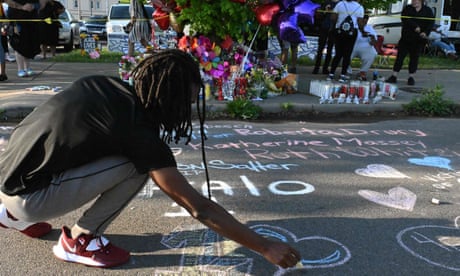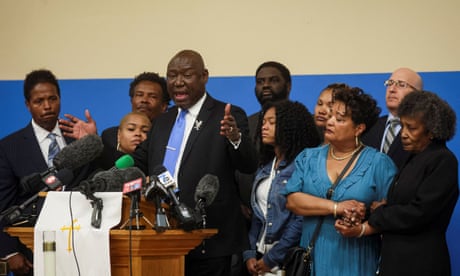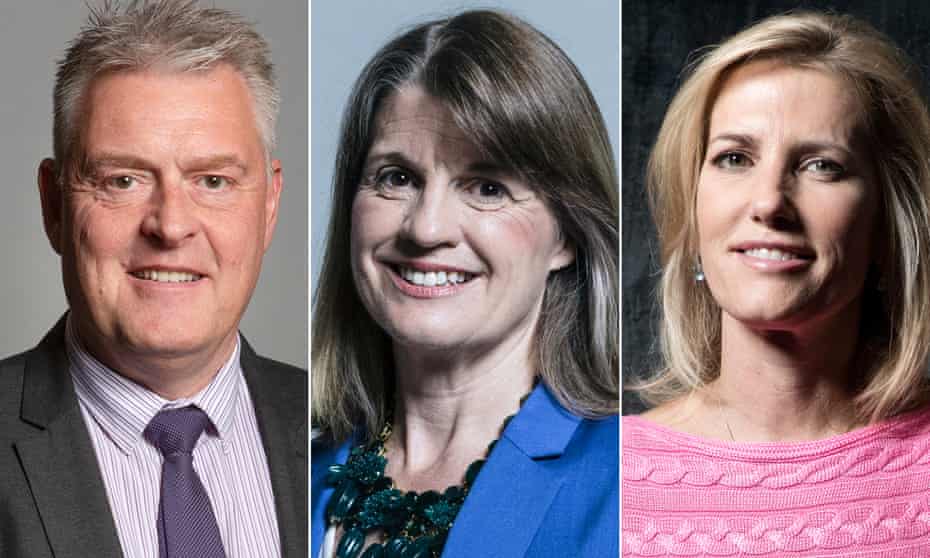A group examined nine profiles reaching more than 2.79 million people peddling inaccurate information without consequence

The report comes as the US supreme court is expected to overturn the landmark Roe v Wade ruling. Photograph: Dado Ruvić/Reuters
Dani Anguiano in Los Angeles
Dani Anguiano in Los Angeles
THE GUARDIAN
Wed 18 May 2022
Anti-abortion Facebook pages with millions of followers are spreading disinformation about abortion to Spanish speakers with little to no intervention from the social media platform, according to a new report from Naral Pro-Choice America.

‘Think Before You Link’: app launched to help social media users detect fake profiles
The abortion rights group examined nine Facebook pages that reach more than 2.79 million people for the first-of-its-kind report, part of its efforts to show how disinformation is disseminated by opponents of abortion. Researchers found that several of the pages “repeatedly spread medically inaccurate information about abortion without any action from Facebook”, highlighting what experts have described as a crisis of Spanish-language misinformation that’s slipping through the cracks.
The report comes as reproductive rights are in peril in the US with the supreme court expected to overturn the landmark Roe v Wade ruling, which guaranteed the right to abortion in the US.
“It has never been more critical for people to have access to medically accurate information about abortion – no matter the language they speak. What’s clear here is that anti-choice extremists are capitalizing on social media companies’ failure to moderate Spanish-language disinformation,” Mini Timmaraju, the Naral Pro-Choice America president, said in a statement.
Research from the group found that articles in Spanish focused on US abortion policy that received the most engagement on social media “overwhelmingly lean anti-choice” and come from outlets with religious affiliations.
Many of the Spanish-language Facebook pages examined by Naral researchers spread disinformation about the safety of abortion, claiming that it leads to increased risk of breast cancer, anxiety, infertility, depression and suicide. Some posts have been viewed thousands of times without intervention from Facebook.
The content spreads the same disinformation about abortion as English-language anti-abortion groups, which also push medically inaccurate information about abortion and demonizes abortion providers, the report says.
Catholicism plays a key role in much of the Spanish-language content, which suggests that support for abortion care conflicts with religious identity. The Spanish-speaking anti-abortion movement relies on stereotypes, said Gabriela Rico, the lead researcher for the report, such as that Latinx people widely oppose abortion and are all Catholic.
“This is not only a false, racist assumption, but a way for the anti-choice movement to erase the majority of Latinx people who support reproductive freedom – often because of, not in spite of, their faith,” Rico, a Naral research manger, said.
A recent Navigator Research poll found that 65% of Hispanic Americans support Congress passing a law to guarantee the right to an abortion in the US.
The spread of abortion disinformation is part of Facebook’s broader failure to moderate Spanish-language content, experts say. A study last year found that only 30% of misinformation in Spanish is flagged with warning labels, compared to 70% in English. Lawmakers have called on the company to do more to address what they deemed a “disinformation crisis”. In a response to lawmakers, Facebook focused on the resources the company has put into limiting misinformation, stating that it has “35,000 people working on these challenges”.
Facebook did not immediately respond to a request for comment about Naral’s findings.
Multiple social media platforms have failed to stop disinformation about abortion in Spanish and English, but Facebook’s moderation decisions have been “particularly problematic”, the report said.
The failure to remove abortion disinformation has “direct implications for the 72% of Latinx people in the United States who use its platform”, the report states.
“Latinx communities are targeted with anti-choice disinformation constantly – I have seen this not only in my work on this report, but in my own family and community,” Rico said. “Spanish-speaking people deserve to receive accurate information about reproductive freedom, not to be lied to and used as pawns in a political game.”
Anti-abortion Facebook pages with millions of followers are spreading disinformation about abortion to Spanish speakers with little to no intervention from the social media platform, according to a new report from Naral Pro-Choice America.

‘Think Before You Link’: app launched to help social media users detect fake profiles
The abortion rights group examined nine Facebook pages that reach more than 2.79 million people for the first-of-its-kind report, part of its efforts to show how disinformation is disseminated by opponents of abortion. Researchers found that several of the pages “repeatedly spread medically inaccurate information about abortion without any action from Facebook”, highlighting what experts have described as a crisis of Spanish-language misinformation that’s slipping through the cracks.
The report comes as reproductive rights are in peril in the US with the supreme court expected to overturn the landmark Roe v Wade ruling, which guaranteed the right to abortion in the US.
“It has never been more critical for people to have access to medically accurate information about abortion – no matter the language they speak. What’s clear here is that anti-choice extremists are capitalizing on social media companies’ failure to moderate Spanish-language disinformation,” Mini Timmaraju, the Naral Pro-Choice America president, said in a statement.
Research from the group found that articles in Spanish focused on US abortion policy that received the most engagement on social media “overwhelmingly lean anti-choice” and come from outlets with religious affiliations.
Many of the Spanish-language Facebook pages examined by Naral researchers spread disinformation about the safety of abortion, claiming that it leads to increased risk of breast cancer, anxiety, infertility, depression and suicide. Some posts have been viewed thousands of times without intervention from Facebook.
The content spreads the same disinformation about abortion as English-language anti-abortion groups, which also push medically inaccurate information about abortion and demonizes abortion providers, the report says.
Catholicism plays a key role in much of the Spanish-language content, which suggests that support for abortion care conflicts with religious identity. The Spanish-speaking anti-abortion movement relies on stereotypes, said Gabriela Rico, the lead researcher for the report, such as that Latinx people widely oppose abortion and are all Catholic.
“This is not only a false, racist assumption, but a way for the anti-choice movement to erase the majority of Latinx people who support reproductive freedom – often because of, not in spite of, their faith,” Rico, a Naral research manger, said.
A recent Navigator Research poll found that 65% of Hispanic Americans support Congress passing a law to guarantee the right to an abortion in the US.
The spread of abortion disinformation is part of Facebook’s broader failure to moderate Spanish-language content, experts say. A study last year found that only 30% of misinformation in Spanish is flagged with warning labels, compared to 70% in English. Lawmakers have called on the company to do more to address what they deemed a “disinformation crisis”. In a response to lawmakers, Facebook focused on the resources the company has put into limiting misinformation, stating that it has “35,000 people working on these challenges”.
Facebook did not immediately respond to a request for comment about Naral’s findings.
Multiple social media platforms have failed to stop disinformation about abortion in Spanish and English, but Facebook’s moderation decisions have been “particularly problematic”, the report said.
The failure to remove abortion disinformation has “direct implications for the 72% of Latinx people in the United States who use its platform”, the report states.
“Latinx communities are targeted with anti-choice disinformation constantly – I have seen this not only in my work on this report, but in my own family and community,” Rico said. “Spanish-speaking people deserve to receive accurate information about reproductive freedom, not to be lied to and used as pawns in a political game.”





















